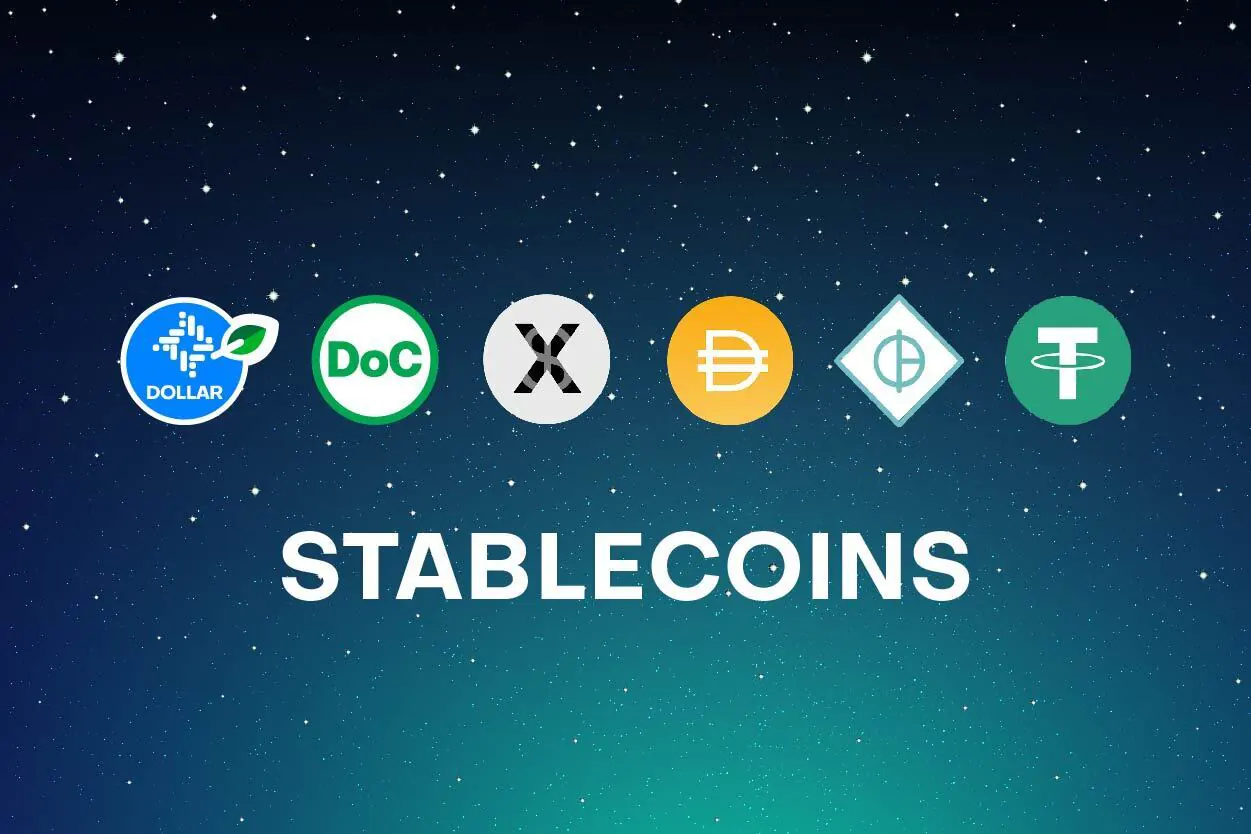Stablecoins — digital assets pegged to fiat currencies like the US Dollar — have become central to the crypto economy. Now, a proposed bill in the U.S. Congress may authorize stablecoin issuers to pay interest to token holders, potentially revolutionizing how stablecoins are used and viewed. Here’s everything you need to know.
What Are Stablecoins and How Do They Work?
Stablecoins offer the stability of fiat with the flexibility of crypto. Common examples include USDT (Tether), USDC (Circle), and DAI (MakerDAO). Traditionally, they maintain a 1:1 peg with fiat and earn revenue through reserves — but they don’t share profits or interest with holders.
What Does the New U.S. Bill Propose?
The bill introduced in early April 2025 seeks to:
- Ensure compliance with anti-money laundering (AML) and KYC standards.
- Allow regulated stablecoin issuers to pay interest to token holders.
- Require stablecoin reserves to be held in FDIC-insured accounts or U.S. Treasury securities.
Why This Change Matters
For Investors:
- Stablecoins may become income-generating assets.
- Attractive alternative to low-interest savings accounts.
For DeFi Platforms:
- Could spark a new wave of yield-bearing stablecoin protocols.
- Enhanced competition between centralized and decentralized issuers.
For Regulators:
- Brings stablecoins closer to the traditional banking system.
- Adds legal clarity to a previously gray area in finance.
Challenges Ahead
While the bill presents exciting possibilities, experts warn of hurdles:
- Legal classification as a security could trigger stricter regulations.
- Pressure from traditional banks may slow down adoption.
- Risk of over-centralization if only a few players dominate.
Conclusion: A Turning Point for Stablecoins?
This bill could fundamentally reshape how stablecoins are used in 2025 and beyond. Investors and platforms should stay alert as regulatory clarity emerges. Paying interest could bridge the gap between TradFi and DeFi, accelerating crypto adoption.
